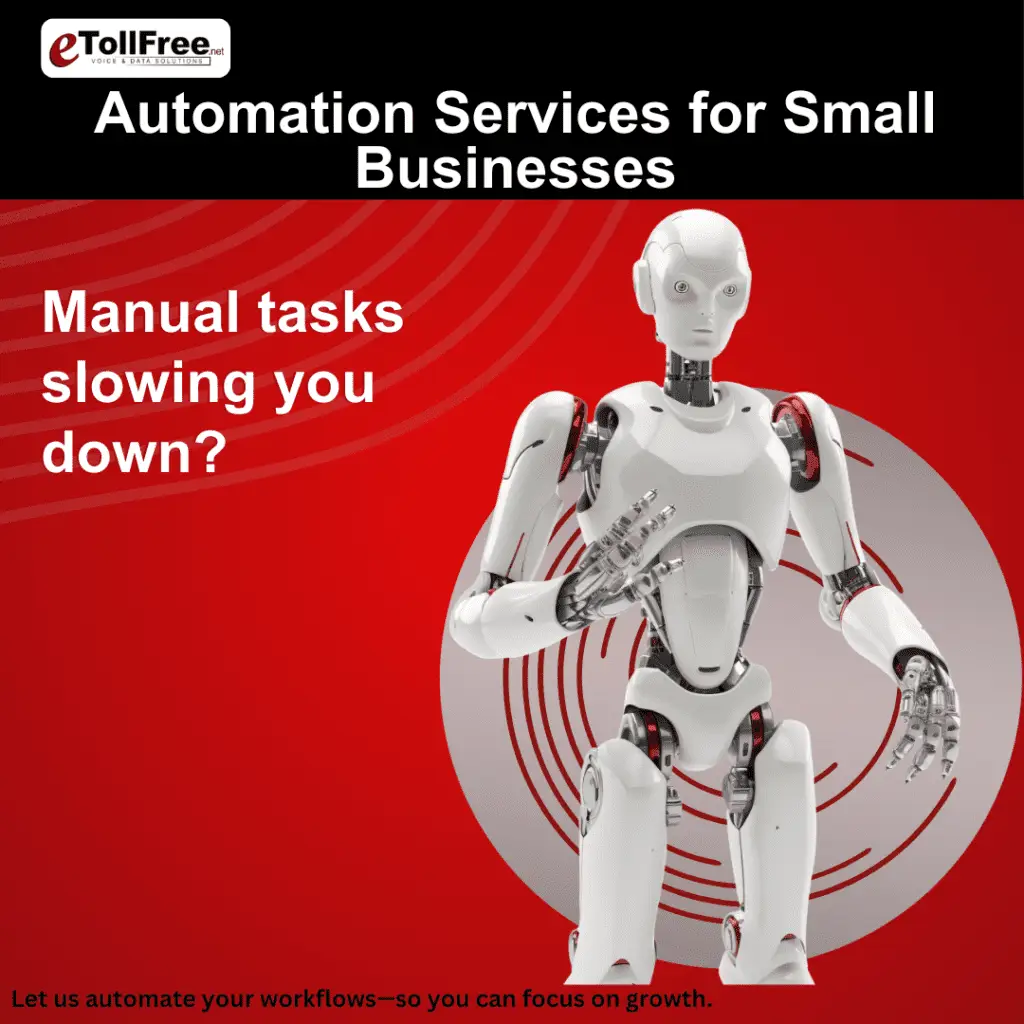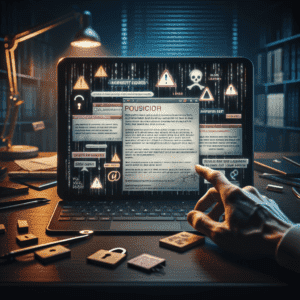How AI Helps Businesses Train Workers and Reduce Skills Shortages
Jayden was like many of us, sipping his favorite drink while scrolling through the internet. The buzzword of the day came from his best friend Mia: *”AI and Your Future.”* Suddenly, Jayden found himself contemplating how AI solutions in training the workforce might just be the edge needed to thrive amidst rapid technological advancements.
Fast Tech Changes and the Skills Gap
Imagine you’re a gamer, mastering the controls of your favorite game only to find new updates have changed everything you know. That’s how technology feels right now. Automation, AI, and cloud tech are here, demanding skills we often don’t have yet. It’s like a race, and many of us feel like we’re running in the wrong direction. According to a report Mia shared, by 2025, while 85 million existing roles might vanish, there’s hope—97 million new roles could emerge if we’re prepared to learn the new rules of the game.
Job Changes in the Digital Age
While it’s true that some jobs might be replaced by machines, it’s equally true that these advancements create new opportunities. The trick? Keeping our minds sharp and flexible. Just as you upgrade your strategies and tools in a game update, you need to upgrade your skills to stay relevant in the evolving job market. The new roles require fresh expertise in areas like AI and cybersecurity—fields not yet fully integrated into traditional school curriculums.
AI Solutions for Reducing the Skills Gap
Here’s where AI solutions in training the workforce shine. AI isn’t just for high-tech industries anymore. It can provide personalized learning experiences, gearing education towards addressing future industry demands. Imagine having a tutor that customizes lessons just for you, focusing on your interests and strengths while bypassing the tedious stuff. This is how AI becomes a training powerhouse.
Learning Through AI
So how does AI tailor your learning journey? Let’s break it down: say you’re keen on learning coding. AI evaluates what you already know and elevates your learning by diving directly into advanced projects, like creating a basic app—no time wasted on basics you’ve already mastered. This is about making learning as engaging as possible, just like leveling up in a game.
Smarter Hiring with AI
No longer do long resumes and degrees solely determine your job potential. AI is shifting the focus from qualifications to what you can actually do. Think of it as the Netflix of job recruitment—it learns your skills and suggests roles that suit you best, helping companies to place the right person in the right position.
Education and Job Market Mismatch
The education system often lags behind technological innovations, landing graduates in a job market that values skills they haven’t been taught. But, similar to Jayden’s newfound incentive to learn coding using apps, there’s a growing trend of using digital platforms to fill these gaps. Online resources are stepping in where traditional education systems fall short, allowing young professionals to build essential skills not covered in their degrees.
Workforce Changes and the Rise of Remote Work
With a considerable portion of the workforce retiring, there’s an increased need for skilled young workers. Plus, these younger employees prioritize a balanced lifestyle, further complicating job markets. Remote work is becoming the norm, necessitating digital collaboration skills that aren’t emphasized enough in traditional education frameworks. AI-driven platforms now offer training and guidance on remote working skills, aiding global job opportunities.
Planning for Future Jobs
AI doesn’t stop at the present. It forecasts future job needs, preparing businesses and individuals for skills that will be key in the coming years. This proactive approach allows companies to train their teams before a demand surge, reducing skills shortages and helping employees adapt rather than react.
Wrapping Up
For Jayden and many like him, AI isn’t a techy concept reserved for the Silicon Valley elite—it’s a bridge to understanding and thriving in a fast-paced world. By leveraging AI solutions in training the workforce, businesses ensure that employees are not just surviving but thriving in the digital age. As businesses transform, the only way forward is through continuous learning and adaptation, ensuring we’re all prepared for whatever the future holds.










